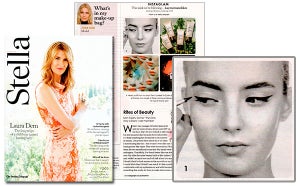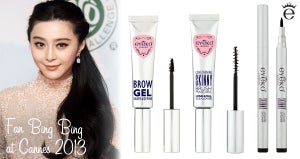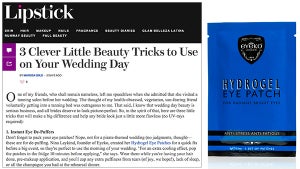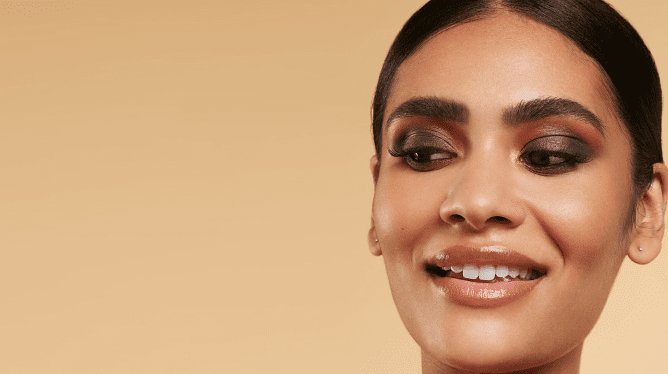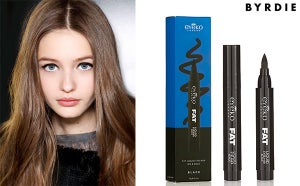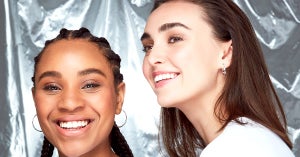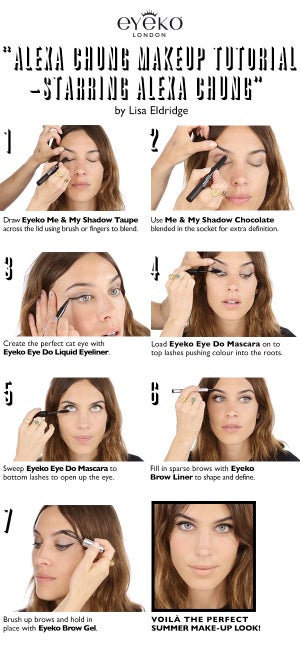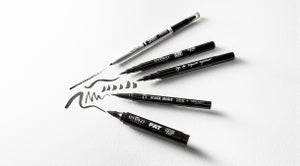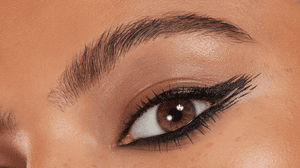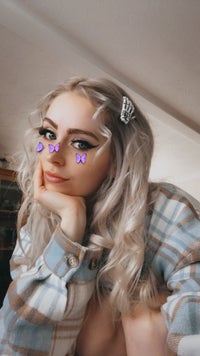
Although no shape and eyeshadow style will necessarily look bad on you, sometimes adapting to what you have is the best way to enhance your natural eye shape.
Plus, our new Limitless Eyeshadow Palettes offer a range of long-wearing and highly pigmented formulas. With three palettes comprised of nude-toned eyeshadows and unique pops of color, these palettes will help you to elevate your look and build color confidence to suit every eye shape.
The different eye shapes
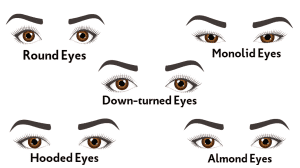
- Almond Eyes: almond-shaped eyes generally have a smaller eyelid and are longer in width than they are round, and slightly turn upwards in the outer corners.
- Round Eyes: To determine if you have round eyes, look in the mirror at your crease. If you have round eyes, your crease will always be noticeable.
- Monolid Eyes: If you don’t have much of a crease where your eyelids meet the skin below your eyebrows that is an indication you have monolid eyelids.
- Downturned Eyes: The mirror will be a key tool in determining your eye shape. When you look at your eyes in the mirror, if your outer–corner points downward, you have down-turned eyes.
- Hooded Eyes: Hooded eyes are very common; they have the appearance of a small flap of skin under each eyebrow, covering more of the mobile eyelid.
Eye makeup for almond eyes

Almond eyes can sometimes pass as round eyes. However, almond eyes mean your eyes are almost symmetrical with a slight lift. This is the most desired eye shape as you can play around with a variety of different looks. Eye makeup for almond eyes focuses on darker eyeshadow on the outer corners of the eyes, blending the eyeshadow outward to the hairline. Then, blend lighter shades at the inner corner of the eye to tie the look together. Eye makeup for almond eyes is incredibly versatile meaning you can try any of the methods in this article.
Round Eye makeup

Round eyes are big and bright. When it comes to eyeshadow for round eyes, smudge brown pencil eyeliner to the inner and outer corners of your eyes. Blend in an upwards and inwards motion, creating a triangle shape across the eyelid. Then, at the centre of your eyelid, add an eye-catching shade of eyeshadow to add a bold pop of color to make the middle of your eye look wider, blending the shadow to the pencil eyeliner.
Monolid eye makeup

If you have monolid eyes, they can look like a single eyelid without a visible crease or hood. There are a few different methods to apply eye makeup to complement this eye shape. First, for monolid eye makeup, use darker shadows at the outer corner of the eye and then gradually blend upwards to create a lighter contrast, creating a faux crease. Add a pop of color to the eyes' inner corners to produce sharp contrast, placing eyeshadow on the area just above the crease.
Downturned eye makeup

If you have downturned eyes, they often give the appearance of heavier outer corners. Downturned eye makeup tends to lend itself to a heavier makeup application. Start by applying a brown eyeshadow shade at the outer corner of the eye and blend outwards to create a cat-eye effect. Another option is to follow a V shape on the outer corner. Use a darker, bolder eyeshadow, blending outwards toward the hairline and use a softer shade at the inner corner.
Eye makeup for hooded eyes

With hooded eye makeup, the aim is to open your eyes up and draw more focus to the outer corners. For hooded eyes, there is a crease in the eyelid, but the crease is deeper and typically not visible when your eyes are open. Eye makeup for hooded eyes, you want to emphasize the crease., Use a dark eye shadow just above the fold of your eye, blending outwards in a straight line to the outer corner of the eye. By focusing your application above the crease, this will elongate the eye and give you more space to build your eyeshadow loo

Related Articles
